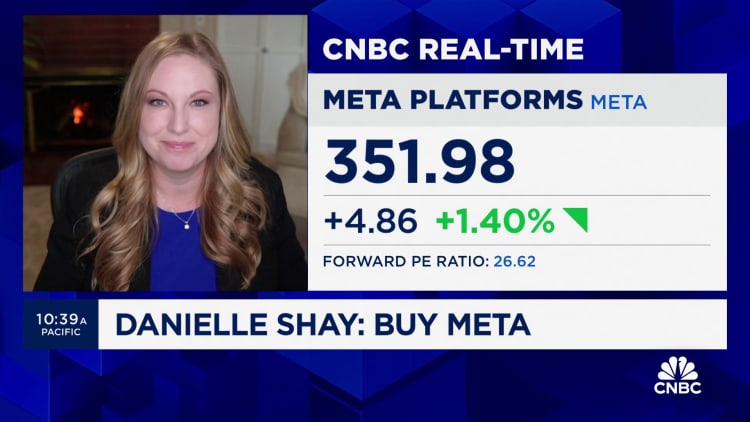Pallet liquidation is a process in which a company sells merchandise in bulk, often at a discounted price, to clear out excess inventory or generate quick cash flow. The pallets may contain a large quantity of a single product or a mix of products, such as overstock, discontinued items, customer returns, or refurbished goods. This type of liquidation allows businesses to recover some value from surplus inventory and free up warehouse space, while providing buyers with the opportunity to purchase large quantities of merchandise at a lower cost.
In this blog about pallet liquidation, you will learn about what pallet liquidation is, how it works, how to find pallet liquidations near you, the benefits of buying pallet liquidation, and how to make a profit by reselling liquidated pallets.
Pallet liquidation is a method used by businesses to quickly and efficiently get rid of excess inventory. Excess inventory can take up valuable warehouse space and lead to increased holding costs. By selling these excess goods in bulk at a discounted price, businesses can recover some value and free up space in the warehouse, generating cash flow that can be reinvested into the business. For buyers, pallet liquidation offers the chance to purchase large quantities of merchandise at a discounted price, which is particularly appealing to resellers who can sell the products individually for a profit.
Pallet liquidation is commonly used in various industries, including retail, manufacturing, and e-commerce. Retailers use pallet liquidation to clear out excess inventory, overstocked items, or customer returns. Major retailers like Walmart, Target, Costco, The Home Depot, and Lowe’s utilize pallet liquidation as part of their reverse logistics strategy. Manufacturers may use pallet liquidation to dispose of excess raw materials or finished goods that are no longer needed. E-commerce businesses also need to clear out returned or overstocked items that are taking up space in their warehouses.
The process of pallet liquidation for retailers typically involves assessing and sorting inventory, palletizing the items, determining pricing, and marketing the pallets to potential buyers. Buyers can explore available pallet liquidation for purchase on marketplaces like B-Stock, where online auctions and competitive bidding take place. Payment methods for pallet liquidation include wire transfer, bank transfer, or credit card. Shipping and delivery methods vary depending on the seller. Once inventory is secured, the reselling process can begin.
There are different types of pallets that can be liquidated, including overstocked items, returned items, refurbished items, discontinued items, shelf pulls, and mixed pallets containing a variety of products. The value of liquidated pallets can be affected by factors such as the condition of the items, the quantity being sold, market demand, seasonality, and the brand of the products.
To find pallet liquidation near you, using an online liquidation marketplace like B-Stock eliminates limitations and expands the range of products available. Buyers can access the online storefronts of retailers and manufacturers, who supply a steady stream of inventory for sale. This allows buyers to eliminate individual negotiations and ensures reliability in the goods purchased. Retailers across various industries offer liquidation pallets, making it possible to find pallet liquidation for a wide range of consumer products.
Overall, pallet liquidation is a cost-effective way for businesses to handle excess inventory and generate revenue, while providing buyers with opportunities to purchase merchandise at discounted prices.
Source link





















